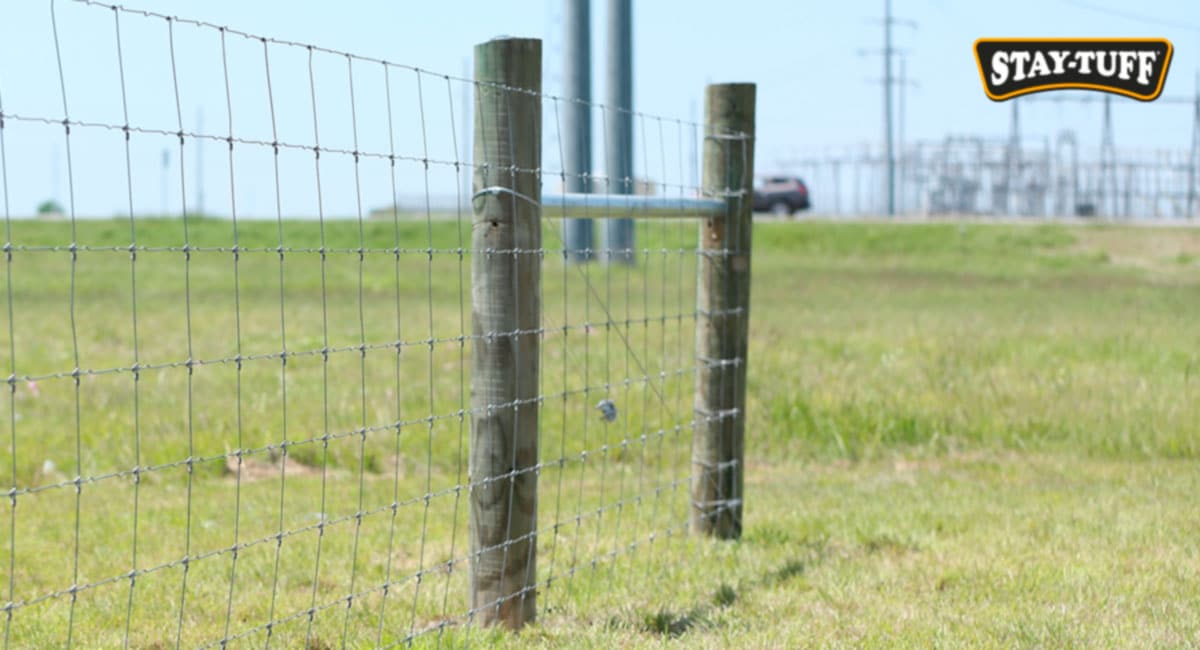
All About the H Brace
Learn the importance of these braces in fence installation
When setting up a fence, it is important to establish a work plan beforehand to ensure success during and after installation.
Part of this plan includes determining the type and number of posts the fence line will include. Let’s take a deeper look at them, including the H brace.
Types of posts
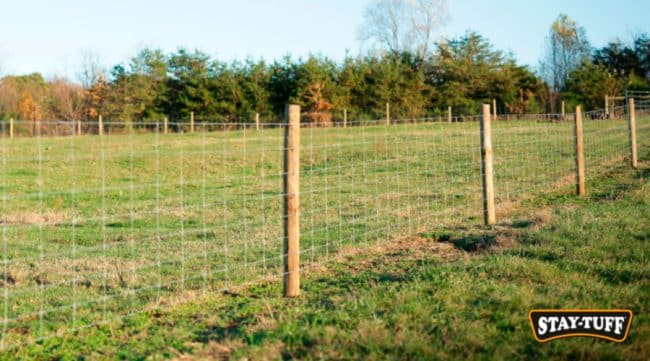
No two posts are the same: they all have a specific duty. For example:
T-Posts are vertical posts – they help keep the fence in this position.
Boss Posts also keep the fence wire vertical, while also providing extra support along the fence, especially where there are dips, hips or ledges.
A corner post, as the name suggests, is located at the corner of each change in direction the fencing project makes.
Finally, a brace post is designed to anchor a high tensile fence and support its weight.
Brace components
A brace is designed and installed in order to keep the fence tight and support the weight of the wire.
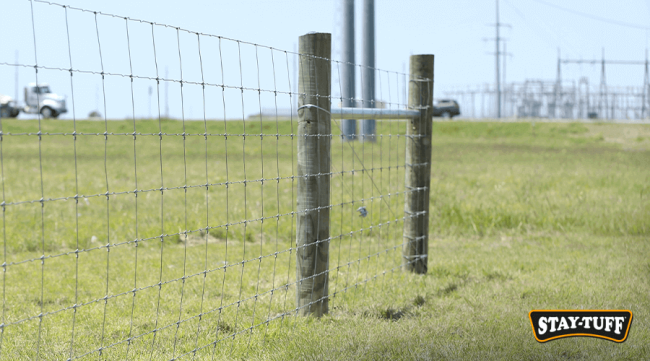
Because of their utmost importance in holding the wire tight, they are the beginning and end of each straight run of fence. Most H Braces have at least one of these components:
End Posts, which are the anchors of the fence. This type of vertical post is where the fence is attached to at the beginning and end of a straight run.
Cross Member, a type of horizontal post that connects end posts with brace posts. They help distribute the force of the fence.
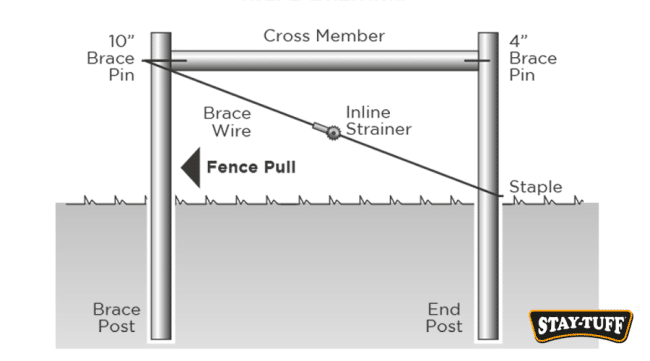
Brace Posts are used in conjunction with the Cross Member to hold the End Post in place and increase the amount of post surface area of that is in contact with the soil.
Brace Pins (4″ and 10″) hold the Cross Member in place on wood braces.
Brace Wires (aka Twitch Wire) are used on wood braces to transfer force between the posts of the brace.
An In line Strainer that tightens the brace wire on wood brace assemblies. These can be used to retighten the brace at any time should the brace become loose due to factors such as changes in seasons or soil movement.
Types of H Braces
A Single H Brace can be used at the end of a straight run. It is made up of two vertical posts and a horizontal brace post.
SingleH End Braces can withstand a force of between 1,500 and 3,000 pounds, depending on width, depth of posts, and soil type.
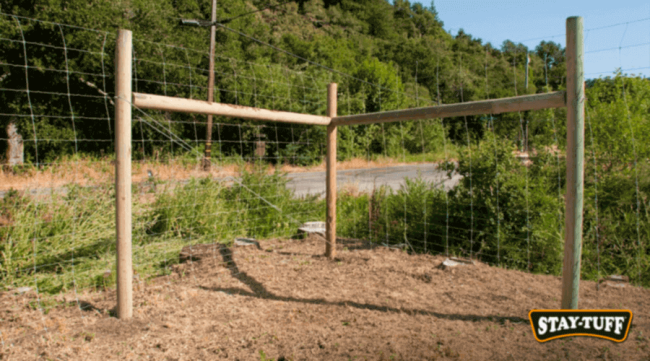
A Double-H End Brace will support 40 to 50% more force than a Single-H Brace.
Double H Braces can be used where a wider Brace is needed or where the forces of the fence pulling on the Brace will be stronger than normal.
How many H braces will a project need?
It all comes down to the number of changes in direction the fence will take.
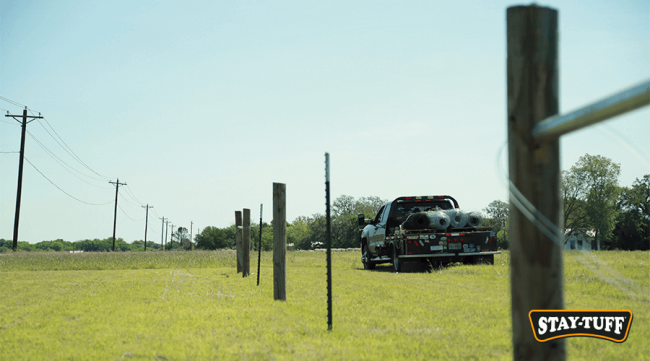
A brace is required every time a fence starts, stops, or changes direction, regardless of the length of the run.
How much fence will be needed?
The amount of fence your project will require should not be difficult to estimate – just use our Calculator!

Use the STAY-TUFF Calculator to estimate the amount of posts, braces and fence wire you will require.
Visit our website to learn more.